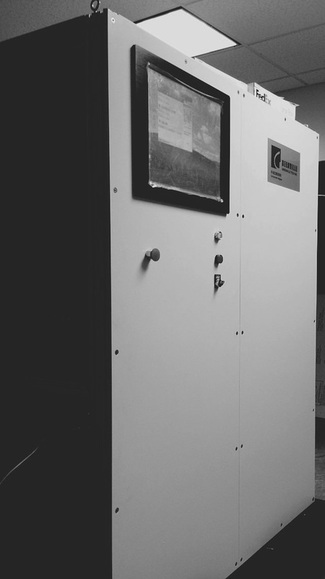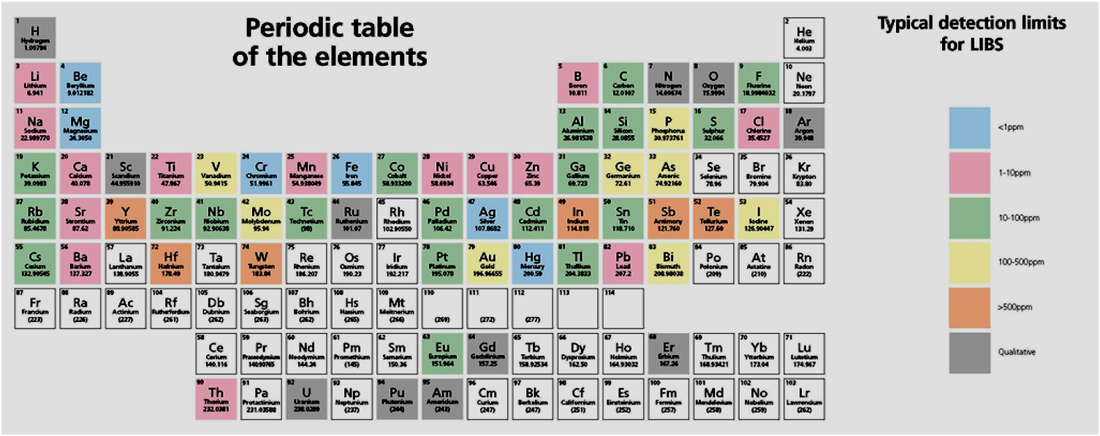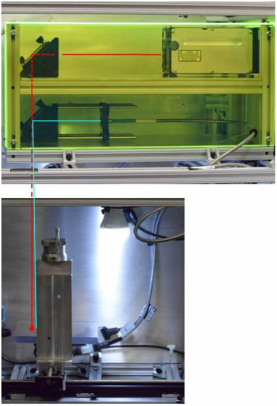Laser Induced Breakdown Spectroscopy
|
IBS
Laser-induced breakdown spectroscopy (LIBS) is a type of atomic emission spectroscopy which uses a highly energetic laser pulse as the excitation source.[1][2] The laser is focused to form a plasma, which atomizes and excites samples. In principle, LIBS can analyse any matter regardless of its physical state, be it solid, liquid or gas. Because all elements emit light of characteristic frequencies when excited to sufficiently high temperatures, LIBS can (in principle) detect all elements, limited only by the power of the laser as well as the sensitivity and wavelength range of the spectrograph & detector. If the constituents of a material to be analyzed are known, LIBS may be used to evaluate the relative abundance of each constituent element, or to monitor the presence of impurities. In practice, detection limits are a function of a) the plasma excitation temperature, b) the light collection window, and c) the line strength of the viewed transition. LIBS makes use of optical emission spectrometry and is to this extent very similar to arc/spark emission spectroscopy. LIBS is extremely useful for rapid sample analysis with virtually no material loss and no surface preparation required. Benefits of materials measurement with LIBS:
|
Custom In line LIBS system for analyzing coal on a conveyor belt.
|
Periodic table showing relative sensitivity of LIBS to the elements. Automated Table Top Libs System
|
Shown above is the cross section of the laser path with the laser in the upper right corner and its output making a 90 degree turn toward and automated stage. Additional optics both focus the laser as well as the emission from the plasma plume.
|
|
Copyright © 2024
|



